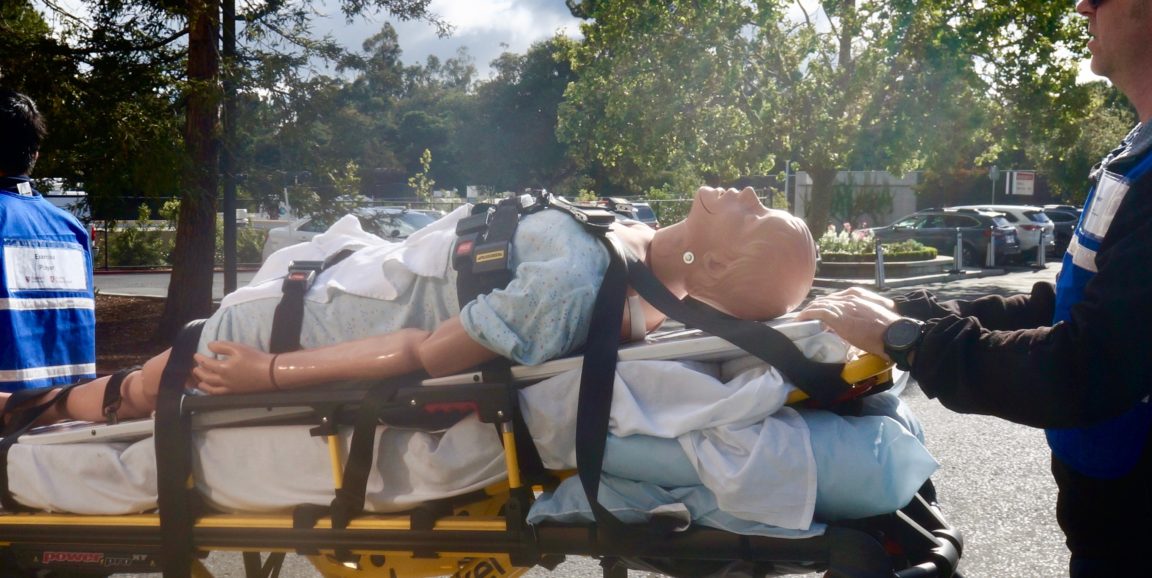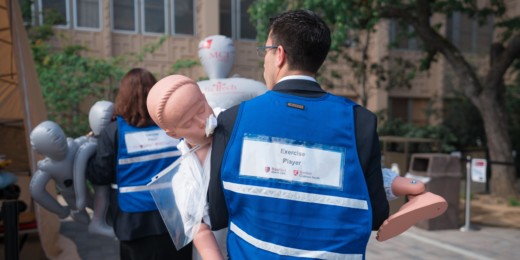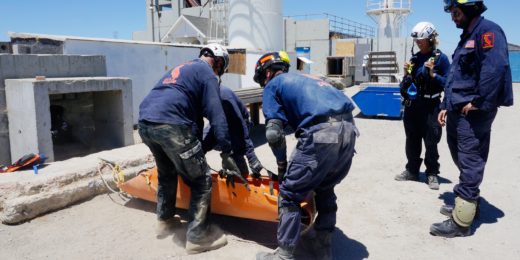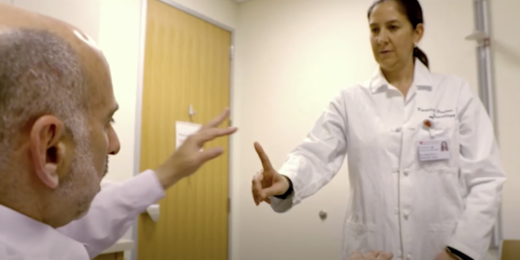In the past two decades, the United States has invested billions in planning for big public health emergencies -- natural disasters, terrorist attacks and, yes, global pandemics.
However, for years, there had been no national-level, comprehensive review of these plans and practices to identify the most effective ways to prepare for, and respond to, these crises.
Recognizing this deficiency, the U.S. Centers for Disease Control and Prevention called on the National Academies of Sciences, Engineering and Medicine to help.
They convened a panel of public health experts to come up with a plan; and the committee members worked for three years on a set of guidelines to help public emergency responders.
The panel issued its findings July 14 with a report at a Zoom conference. The resulting 546-page report offers recommendations for improving the infrastructure, funding and methods for researching public health emergency preparedness and response.
Though the committee's work began long before the COVID-19 pandemic, the authors note that their findings are likely applicable to the current public health crisis.
Chief among their recommendations is that the CDC establish an independent organization to develop public health emergency preparedness and response guidelines, similar to the U.S. Preventive Services Task Force. That national body of experts makes evidence-based, graded recommendations to clinicians on preventive services that are widely followed nationwide.
Improving the science behind public health preparedness
Stanford Health Policy Director Douglas K. Owens, MD, served on the 20-member committee and has also chaired the preventive services task force. He didn't mince words when I asked him how well-prepared we are as a nation to handle big public health emergencies.
Evidence for public health preparedness and response comes from a "complex mix of studies and observations," he said, but we currently have no established method to understand the strength or weakness of that evidence.
"The science underlying the nation's system of response to public health emergencies is seriously deficient, hampering the nation's ability to respond to emergencies most effectively to save lives and preserve well-being," he told me.
During the Zoom call, Francisco Garcia, chief medical officer of Pima County in Tucson, Arizona, weighed in on the importance of the committee's work.
"The real crisis that we are living in as public health practitioners today really amplifies the need for a system that allows us to have a positive impact in a systematic way," he said.
Photo from a 2018 mass casualty simulation exercise by Susan Coppa






